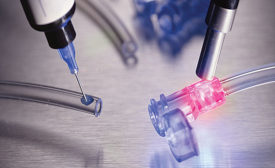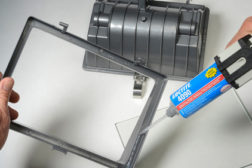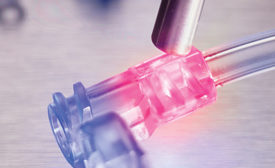Home » silicone adhesives
Articles Tagged with ''silicone adhesives''
Conformal coatings protect and electrically insulate circuit board components from environmental stresses.
Read More
Never miss the latest news and trends driving the manufacturing industry
Stay in the know on the latest assembly trends.
JOIN TODAY!Copyright ©2025. All Rights Reserved BNP Media.
Design, CMS, Hosting & Web Development :: ePublishing








